In the quest for a healthier home, maintaining indoor air quality is crucial. With most of our lives spent indoors, the air we breathe can significantly affect our health and well-being. Whole-house ventilation systems offer a solution by replacing stale indoor air with fresh outdoor air. But what exactly are these systems, and how do they work? This comprehensive guide will answer the most frequently asked questions about whole-house ventilation systems and explore their benefits.
What is Whole-House Ventilation?
Whole-house ventilation involves a system of fans, ductwork, and controls designed to exchange the air inside your home with fresh air from outside. This process helps improve indoor air quality by removing contaminants and regulating moisture levels, which can contribute to a healthier living environment.
How Does Whole-House Ventilation Work?
These systems work by either pulling fresh air into the home while simultaneously expelling stale air or creating a balanced flow of incoming and outgoing air. Homeowners can choose between different types of systems, such as exhaust, supply, or balanced ventilation, depending on their specific needs.
Benefits of Whole-House Ventilation
1. Improved Air Quality: By continuously circulating fresh air, these systems reduce indoor pollutants such as dust, allergens, and volatile organic compounds (VOCs).
2. Moisture Control: Effective ventilation reduces indoor humidity levels, preventing mold growth and structural damage.
3. Enhanced Comfort: Consistent airflow can help maintain even temperatures throughout the home, increasing comfort.
Choosing the Right Ventilation System
Selecting the appropriate type and size of ventilation system is critical and should be based on several factors including house size, number of occupants, and local climate conditions. It is advisable to consult with HVAC professionals to assess your specific needs.
Energy Efficiency and Maintenance
Modern whole-house ventilation systems are designed to be energy efficient, with many models featuring energy recovery ventilators (ERVs), heat recovery ventilators (HRVs), and variable-speed fans to minimize energy consumption. Regular maintenance such as cleaning ducts and replacing filters is essential to keep the system running efficiently.
FAQs
● Can whole-house ventilation systems improve health issues like asthma and allergies? Yes, by reducing indoor air pollutants and circulating fresh air.
● Are these systems noisy? Modern systems are designed for quiet operation, ensuring minimal disruption.
● Do they work in all climates? Yes, there are systems designed to operate efficiently in various climates by managing humidity and preserving indoor temperatures.
Improve Your Home’s IAQ
Whole-house ventilation systems are an excellent investment for homeowners looking to enhance their indoor air quality and overall comfort. By understanding the types, benefits, and maintenance of these systems, you can make an informed decision that best suits your home's needs.
.2309121422550.png)

